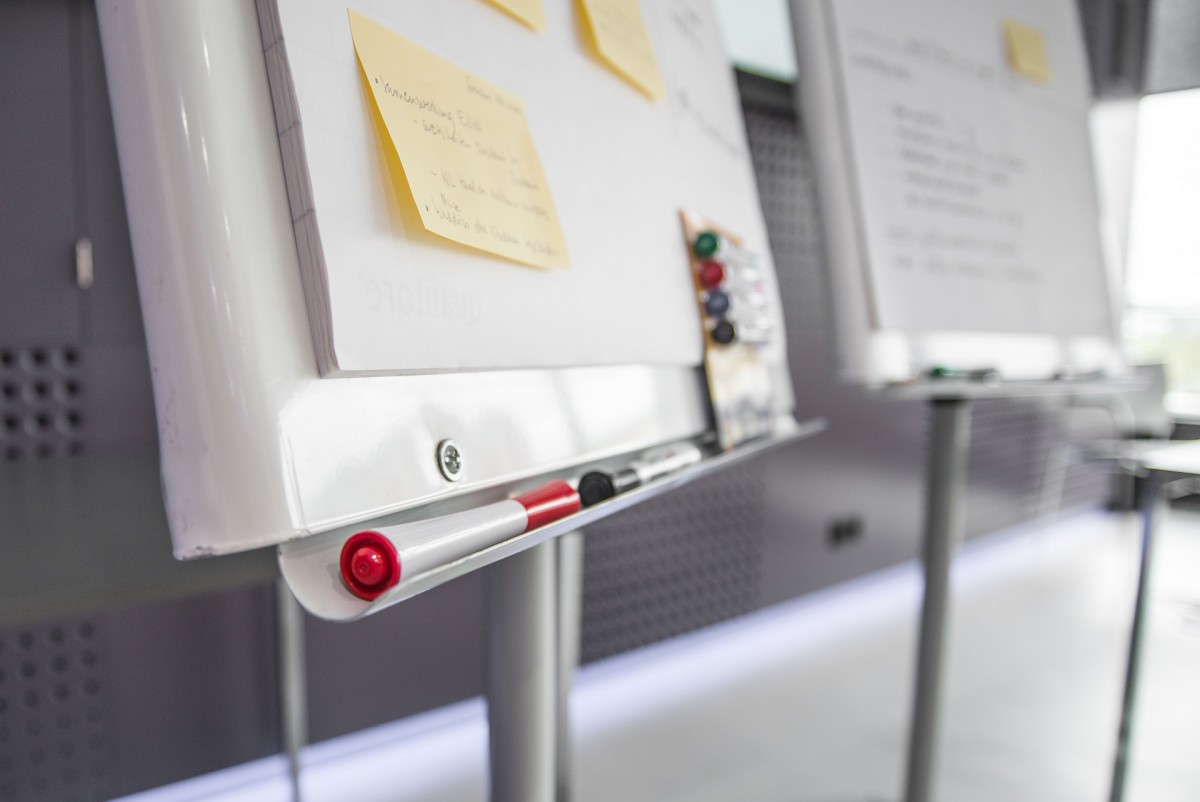
In an ever-evolving market, the success of a product hinges on the effectiveness of its development process. This article aims to demystify the complexities of product development, offering a straightforward guide to strategizing successful product creation and launch. From ideation to market entry, we explore key strategies that can help businesses of all sizes navigate the challenging terrain of product development.
Table of Contents
1. Understanding Your Market and Audience
1.1. Market Research Fundamentals
Grasping market dynamics is fundamental to successful product development. This section delves into the importance of understanding current market trends, customer needs, and the competitive landscape. It guides through selecting and effectively utilizing various tools and methodologies for comprehensive market research. This involves leveraging data analysis, customer surveys, focus groups, and competitor analysis to build a robust understanding of the market, ensuring that product development is aligned with real-world market demands and opportunities.
1.2. Identifying Your Target Audience
Identifying and understanding your target audience is a pivotal step in product development. This subsection emphasizes the importance of creating detailed customer personas, which involves gathering demographic, psychographic, and behavioral data. Techniques for crafting these personas are discussed, highlighting how to align product features and marketing strategies with the identified customer needs and preferences. This approach ensures that the product developed resonates with its intended audience, thereby increasing its market appeal and potential for success. Learn more about targeting and identifying your audience at https://www.gorrion.io/.
2. Ideation and Conceptualization
2.1. Brainstorming and Idea Generation
This subsection underscores the significance of brainstorming and idea generation in the ideation phase. It explores various techniques for hosting effective brainstorming sessions, including fostering a creative environment and encouraging diverse perspectives. Additionally, it discusses tools for organizing and evaluating the multitude of ideas generated, such as mind mapping and idea ranking systems. These practices are crucial for sifting through creative concepts to identify the most promising ones for further development and refinement.
2.2. Feasibility Studies and Concept Testing
Assessing the practicality of a product idea is crucial before proceeding with development. This subsection explores the process of conducting feasibility studies and concept testing, which involves evaluating the technical, financial, and market viability of an idea. Methods for early-stage concept testing, such as prototype development and focus group feedback, are discussed. This phase is vital for obtaining initial consumer and industry feedback, which helps in refining the product concept and ensuring its market relevance.
3. Design and Development

Source: ace.nus.edu.sg
3.1. Prototyping and Iteration
Prototyping and iterative design are essential components of the product development process. This subsection discusses the role of prototypes in testing and refining product concepts. It covers strategies for creating and iterating prototypes, emphasizing the importance of continual refinement based on user feedback and technical assessments. This approach allows for practical problem-solving and innovation, ensuring that the final product design effectively meets customer needs and stands up to real-world use.
3.2. Balancing Quality with Cost and Time Constraints
Balancing quality with cost and time constraints is a critical aspect of product development. This subsection provides insights into techniques for efficient resource management, including budgeting, scheduling, and resource allocation. It discusses strategies for maintaining product quality while adhering to strict budgets and timelines, such as lean manufacturing principles and agile development methodologies. These practices are essential for optimizing the development process, ensuring that products are delivered on time, within budget, and meet quality standards.
4. Testing and Validation
4.1. Alpha and Beta Testing
Understanding the different stages of product testing is crucial for ensuring product readiness. This subsection delves into the best practices for conducting alpha and beta tests, which involve internal and external testing phases, respectively. It discusses the objectives, methodologies, and benefits of each testing stage, emphasizing their roles in identifying and rectifying issues before market launch. This comprehensive testing approach is vital for guaranteeing the functionality, usability, and reliability of the product.
4.2. Incorporating User Feedback
Incorporating user feedback into the development process is key for product refinement. This subsection explores methods for collecting and analyzing user feedback, including surveys, user testing sessions, and social media monitoring. It discusses strategies for effectively integrating this feedback into the development process, such as iterative design and agile methodologies. This feedback loop is essential for ensuring that the final product aligns with user expectations and needs, thereby enhancing its market acceptance and success.
5. Go-to-Market Strategy and Launch

Source: wisegrowthmarketing.com
5.1. Developing a Comprehensive Go-to-Market Plan
Developing a comprehensive go-to-market plan is critical for a successful product launch. This subsection outlines the key components of an effective launch strategy, including marketing, distribution, and sales plans. It emphasizes the importance of aligning these strategies with the overall business objectives and the target market’s characteristics. This holistic approach ensures a coordinated and impactful product introduction, maximizing the chances of market penetration and long-term success.
5.2. Launch Execution and Post-Launch Analysis
Executing a product launch effectively and analyzing its impact post-launch are pivotal for sustained success. This subsection highlights best practices for a successful product launch, such as strategic marketing campaigns, effective distribution channels, and customer engagement strategies. It also discusses techniques for post-launch analysis, including sales performance evaluation, market feedback assessment, and continuous improvement strategies. This ongoing analysis is crucial for adapting to market changes and ensuring the product’s long-term viability and success.
Conclusion
The journey of product development is fraught with challenges but armed with the right strategies, businesses can navigate these complexities with greater confidence and success. This guide provides a foundational roadmap for transforming a product idea into a market-ready offering, emphasising the importance of customer-centric approaches, iterative design, and strategic planning. By adopting these strategies, businesses can not only enhance their product development process but also significantly increase their chances of launching successful products in today’s competitive marketplace.
Call to Action
We encourage our readers to apply these strategies to their product development processes. Embracing these methodologies can lead to the creation of innovative, market-fit products. We invite you to share your experiences in implementing these strategies or seek further advice on specific aspects of product development. Your insights and challenges can provide valuable learning for others embarking on similar journeys, fostering a community of shared knowledge and collaborative growth in the realm of product development.








